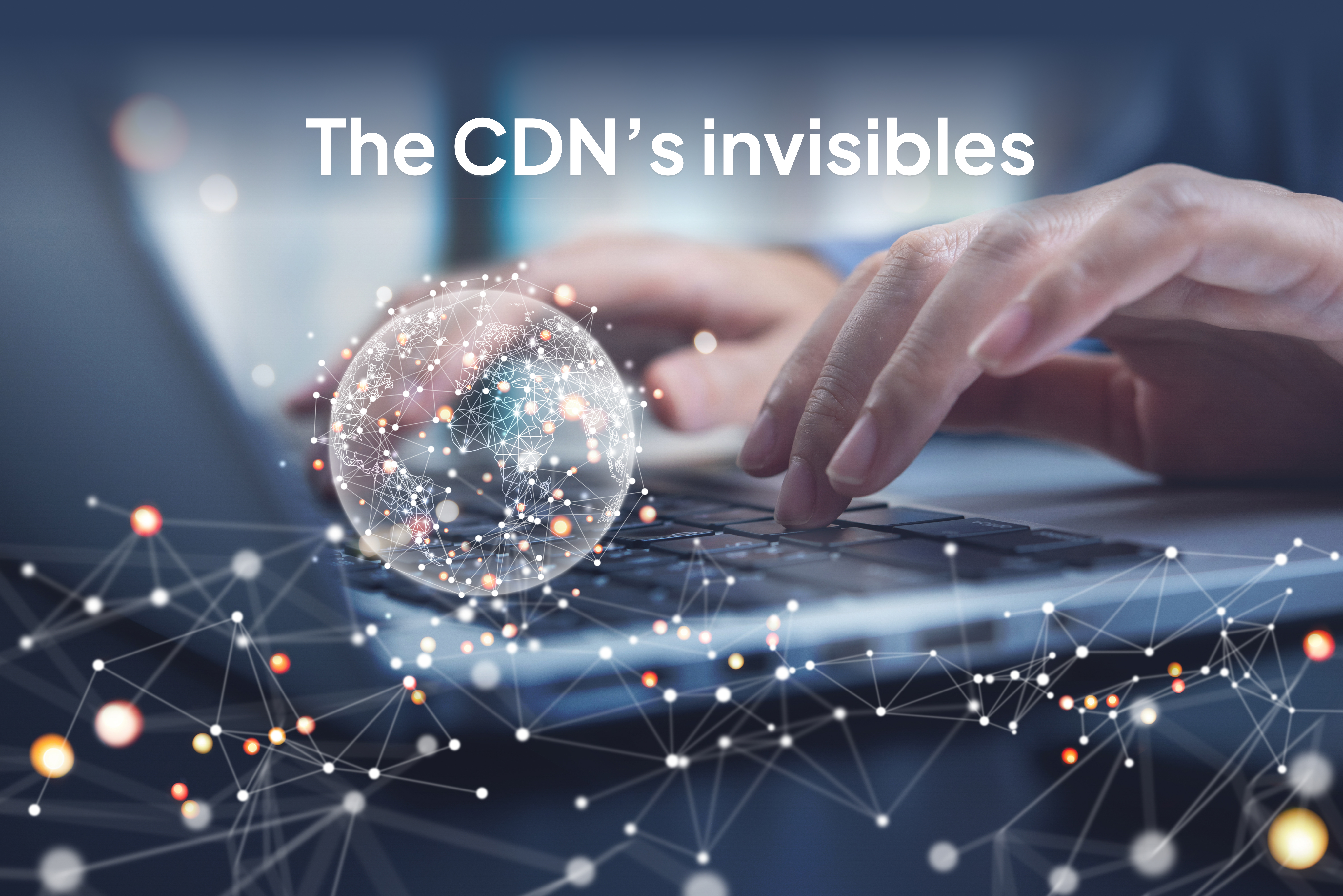Our development process at Transparent Edge

24 Feb 25

As a result of the last Bonilista, I’ve realized that at Transparent Edge we often boast about our technology and how we solve problems, but we rarely talk about something that is essential to the core of our business, such as processes. Being API first and knowing that our developments are a critical part of our solution, it was extremely important to us that the development of the API and the product had as little friction as possible.
From the moment we started developing our API, the development process and experience was critical to me. At the time, the hot new kid on the block in development was Ruby on Rails, and even though we chose Python at the time, a lot of the Ruby philosophy came with me. In particular, that the important thing is to develop, and that your programming language and framework (and beyond the technology, your processes) should not get in the way of what you want to do.
With this philosophy, which we still maintain today, we have a very idiosyncratic development process, as the Yanks say, but at the same time with freedom first. This means that developers are free to choose their weapons, i.e. their development environment. We recommend things to any new developer based on what has worked for us before, but we don’t force them to use tools because we’re interested in the result, not how it’s achieved.
This means that responsibility for the tools lies with the lowest common denominator. If you do something that only affects you, you decide. If you do something that affects your team, the team decides. If you do something that affects the whole department, you have to agree it with the department. This is very hippy and leads to some strange situations that need to be managed: Systems and Support use Redmine for task tracking and trunk-based for versioning, and Development uses Trello for task tracking and git-flow for versioning. The two teams coordinate seamlessly and understand that there is no one-size-fits-all tool, so they accept – and love – each other’s differences.
Of course, at some point mum or dad (the team leaders and hierarchy) have to bring in expertise and sanity to keep things from getting out of hand and looking like the April Fool’s Day of technology, but good people understand that we’re all rowing in the same direction and that tools are convenient, but they are tools. They should always be a way of taking problems away from you, not giving them to you, so act accordingly and allow them to act as a multiplier for your team’s productivity, even if it costs you a few extra hours as an engineering manager or CTO.
Transparency is in our name, so it is a core value that we respect and communicate. When you have the right people, information and context, it always leads to a better environment, productivity and coordination.
Do you impose your law on the technicians or do you let them impose it on you? 🤪
Diego Suárez, Director of Technology at Transparent Edge.
If you ever look for Diego, you will find him almost certainly wherever there’s an operating system, and you won’t find him taking the easy way out, but rather facing the more complex alternative. Being always on the cutting edge gives him the versatility and vision required to develop the technology strategy that is the gravitational center of Transparent Edge. Always between development and systems, he doesn’t neglect other areas, always maintaining contact with the user, for whom every technology company works.